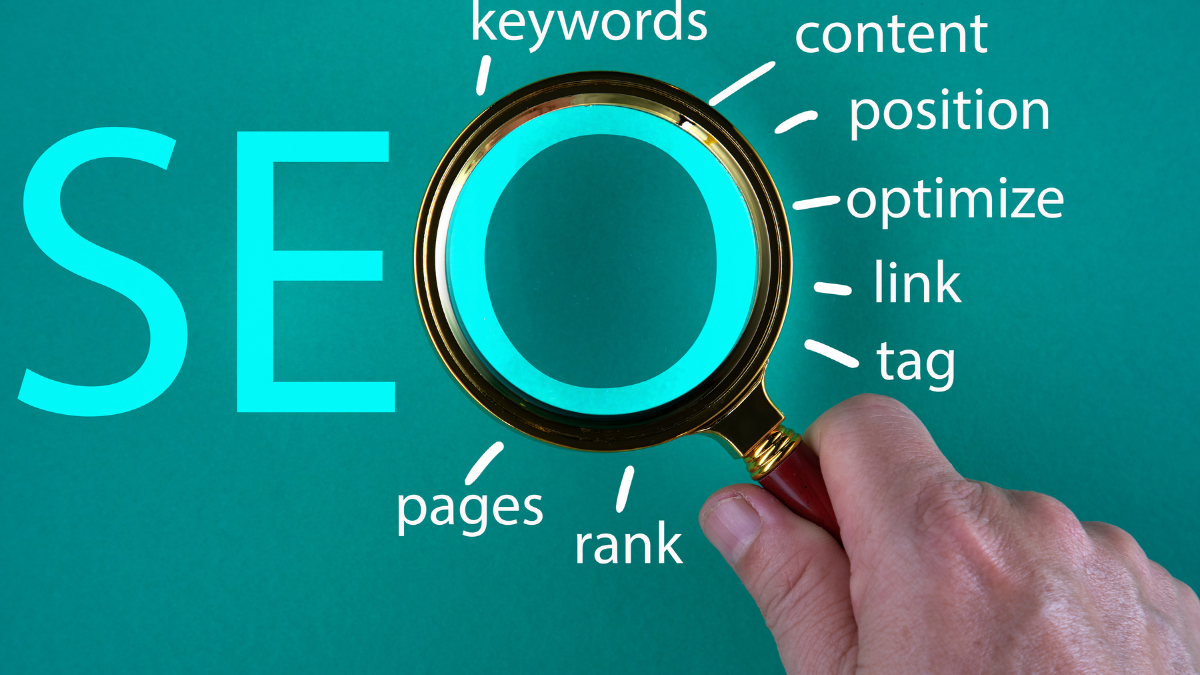
When diving into the world of SEO optimization, it’s easy to get overwhelmed by the many factors that contribute to improving your website’s ranking. However, understanding the essential elements that drive SEO optimization can simplify this process. In this article, we’ll break down some key concepts related to SEO optimization that are illustrated in the graphic, like keywords, content, rank, position, optimize, link, and tags, to help you grasp their importance and how they contribute to successful SEO strategies.
In the SEO process, every component plays a specific role. Let’s explore these critical elements in detail:
Keywords are the foundation of any SEO strategy. They are the terms and phrases that people type into search engines when looking for information, products, or services. Understanding and using the right keywords on your website is crucial to making sure your content shows up in search engine results.
Why Keywords Matter:
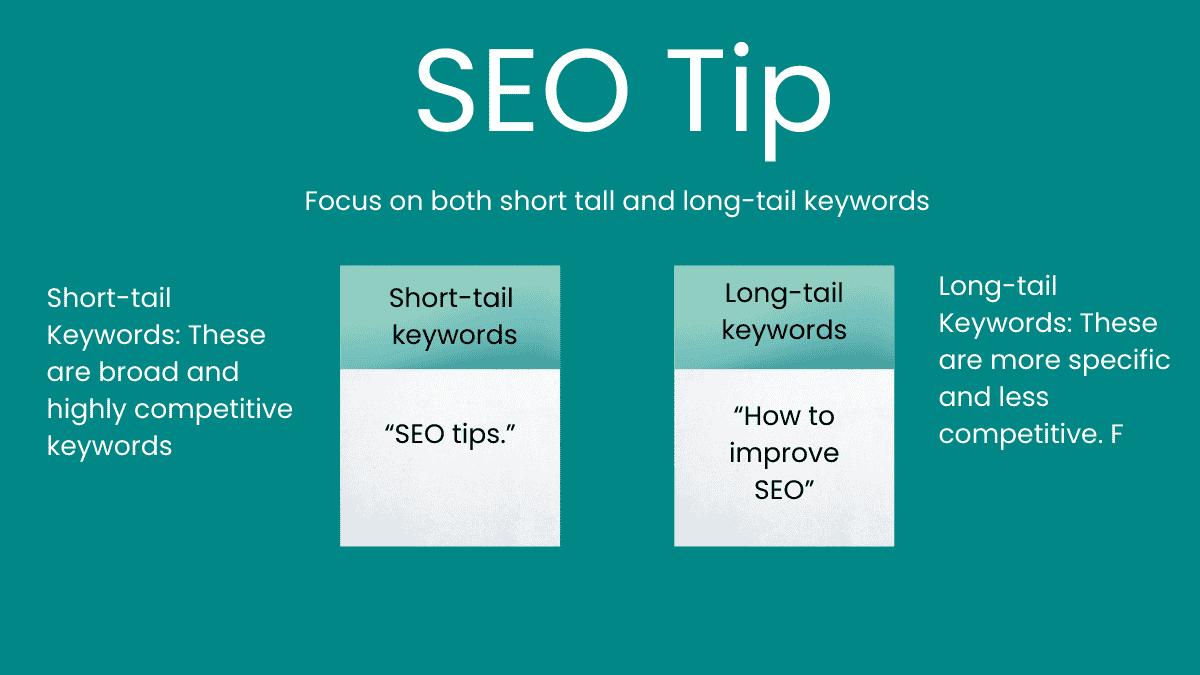
SEO Tip:
Content refers to the text, images, videos, and other media on your website. Quality content is king when it comes to SEO. Engaging, informative, and well-structured content attracts users and encourages them to spend more time on your site.
Why Content Matters:
Google’s algorithms reward sites with high-quality content that satisfies user intent.
Well-written content with relevant keywords helps boost rankings.
Optimized content can drive organic traffic and help increase your website’s authority.
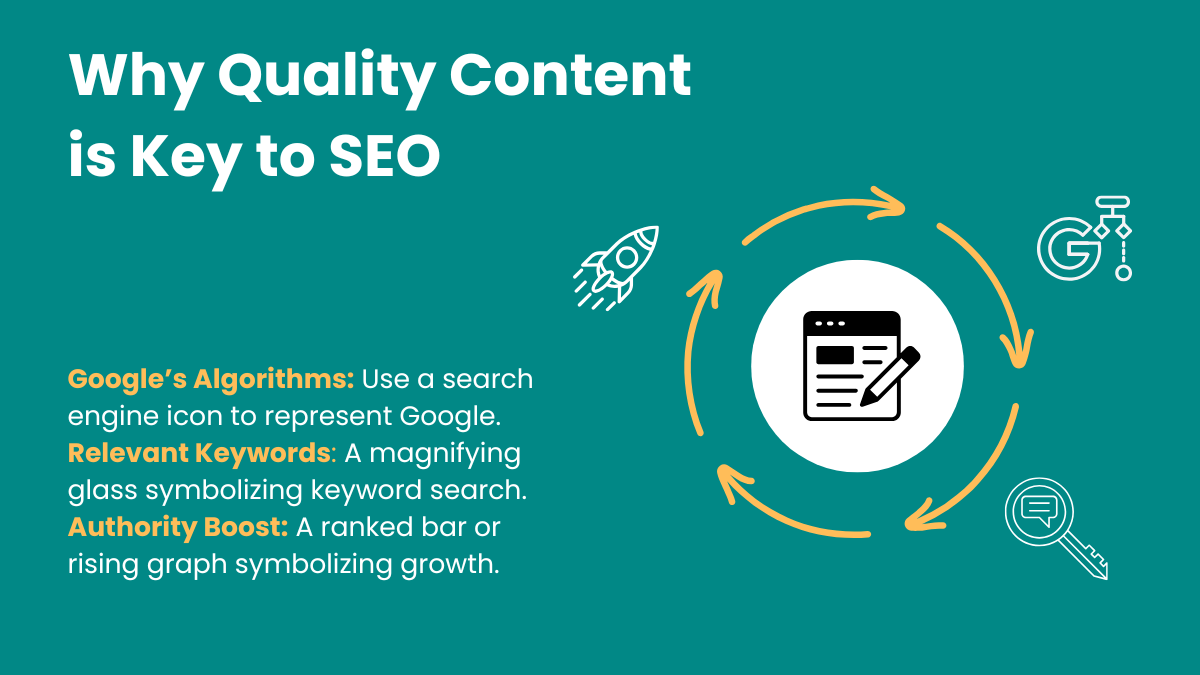
SEO Tip:
Your website’s rank refers to its position in search engine results pages (SERPs) for a particular query. Higher rankings generally lead to more visibility and traffic.
Why Rank Matters:
Higher-ranked pages get more clicks, which leads to more traffic.
Ranking is influenced by multiple factors, including keywords, backlinks, user experience, and more.
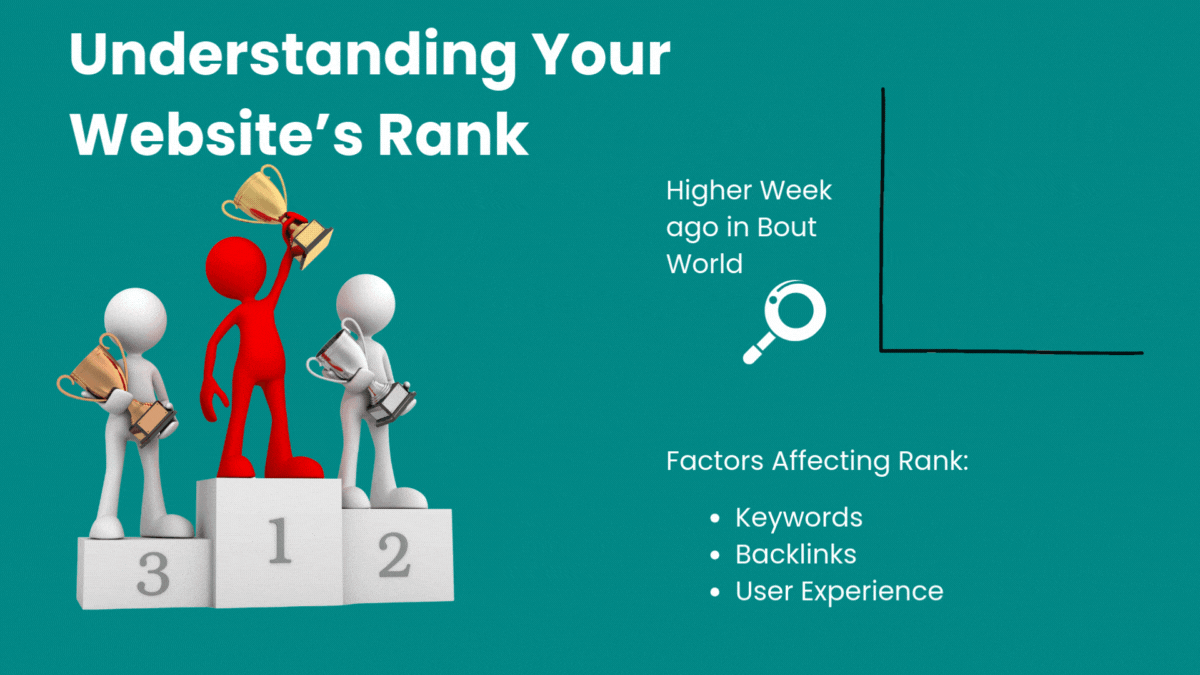
SEO Tip:
Position is closely related to rank but focuses more on the exact placement of your webpage in the search results. The first page of search results holds the highest positions, and within that page, each link is numbered (e.g., 1st, 2nd, 3rd position).
Why Position Matters:
Pages in the top positions get more exposure. In fact, the first result on Google captures almost 30% of all clicks!
Being in the top position also builds trust with users, as they are more likely to click on results that appear at the top of the SERPs.
SEO Tip:
Work on improving your click-through rate (CTR) by writing compelling titles and meta descriptions. Optimize your snippets with structured data (rich snippets) to increase visibility.
To optimize means to make your website and content as effective as possible for search engines and users. Optimization involves various techniques, from adjusting the content structure to ensuring fast load times and mobile responsiveness.
Why Optimization Matters:
Websites that are well-optimized are easier for search engines to crawl and index, leading to better rankings.
Mobile optimization is essential as more users search from mobile devices. Google uses mobile-first indexing, meaning it primarily uses the mobile version of your content to rank pages.
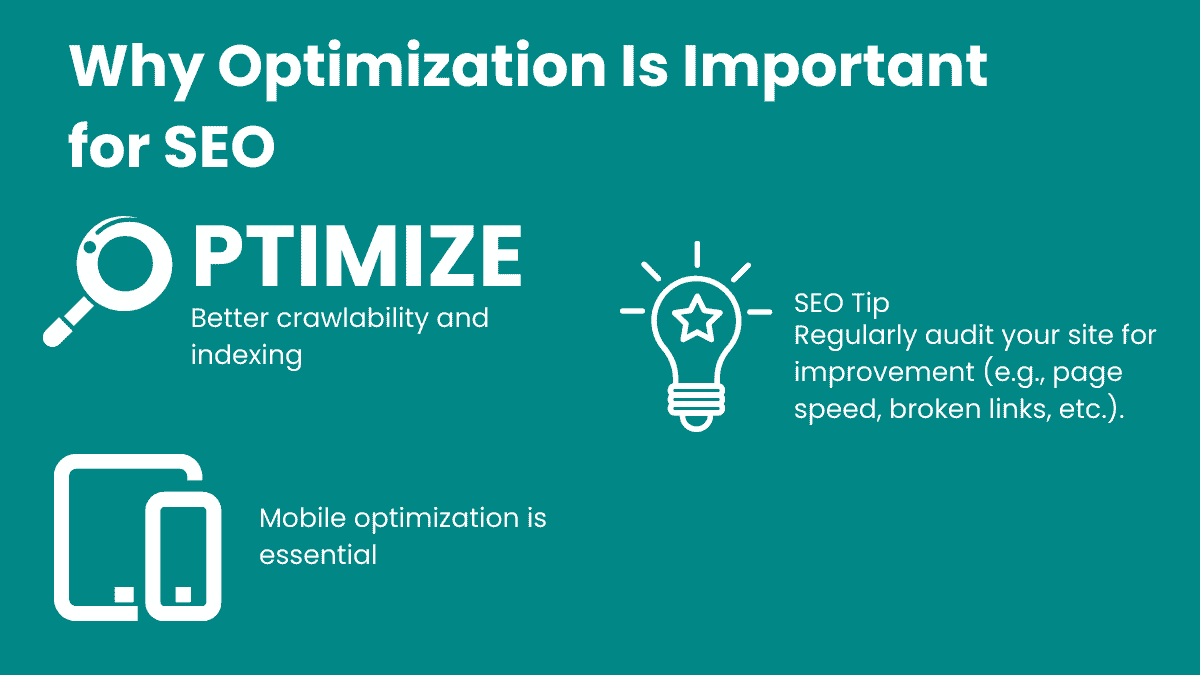
SEO Tip:
Links are a major factor in SEO. There are two types: internal links (links between pages on your site) and external (or backlinks) links (links from other websites to yours). Backlinks are particularly powerful because they signal to search engines that your content is trusted and authoritative.
Why Links Matter:
Backlinks from high-authority websites can significantly boost your ranking.
Internal linking helps with website navigation and improves the crawlability of your site.
SEO Tip:
Focus on building high-quality backlinks by creating shareable content and reaching out to reputable websites for guest posts or collaborations.
Tags in SEO usually refer to title tags and meta tags. These HTML elements are used to describe the content of your page to search engines and users.
Why Tags Matter:
Title tags show up as the clickable headline in search results. A compelling title tag can greatly improve your click-through rate.
Meta descriptions provide a short description of what your page is about. Though not a direct ranking factor, a well-written meta description can entice users to click on your link.
SEO Tip:
Keep your title tags under 60 characters and meta descriptions under 160 characters. Include your target keyword in both for better optimization.
How SEO Works Together
These SEO elements—keywords, content, rank, position, optimization, links, and tags—are all interconnected. To succeed in SEO, you need to ensure that each element is carefully thought out and optimized. By aligning your content with user intent, optimizing your site for search engines, and building a strong link profile, you can improve your website’s visibility and drive organic traffic.
In conclusion, SEO is a complex process that requires attention to various details. The elements highlighted in the graphic—keywords, content, rank, position, optimization, links, and tags—are all fundamental to boosting your site’s SEO. By understanding these concepts and applying them effectively, you can enhance your website’s performance in search results, attract more visitors, and ultimately achieve your business or personal goals.
By implementing the best practices discussed here and keeping up with evolving SEO trends, you can make your website an SEO powerhouse. Remember, SEO is a long-term strategy, but with patience and consistent effort, the results are worth it!